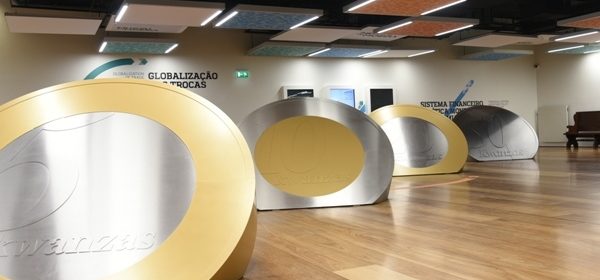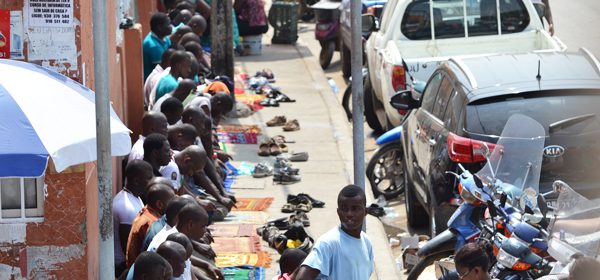Strongmen Thrive on their Ability to Keep People in Fear

Full text of the 2014 Carlos Cardoso Memorial Lecture, delivered on November 4, 2014 at Wits University. First, I would like to share with you a personal experience I had with Carlos Cardoso, the great friend I never had the chance to meet personally. Back in 1999, when I was jailed in Angola for calling president Dos Santos a dictator and corrupt, Carlos Cardoso was instrumental in mobilizing lawyers, journalists and concerned Mozambicans to lend their support to me. Upon my release, we began a regular e-mail correspondence that went beyond my legal battles, conviction, political persecution and travel ban. We broadened the conversation on teaming up to chiefly expose the scourge of corruption in both our countries. We believed in conquering the public space for the freedoms of speech and of the press to take root. We made the struggle for that public space ours. While Carlos was breaking […]
Read more


